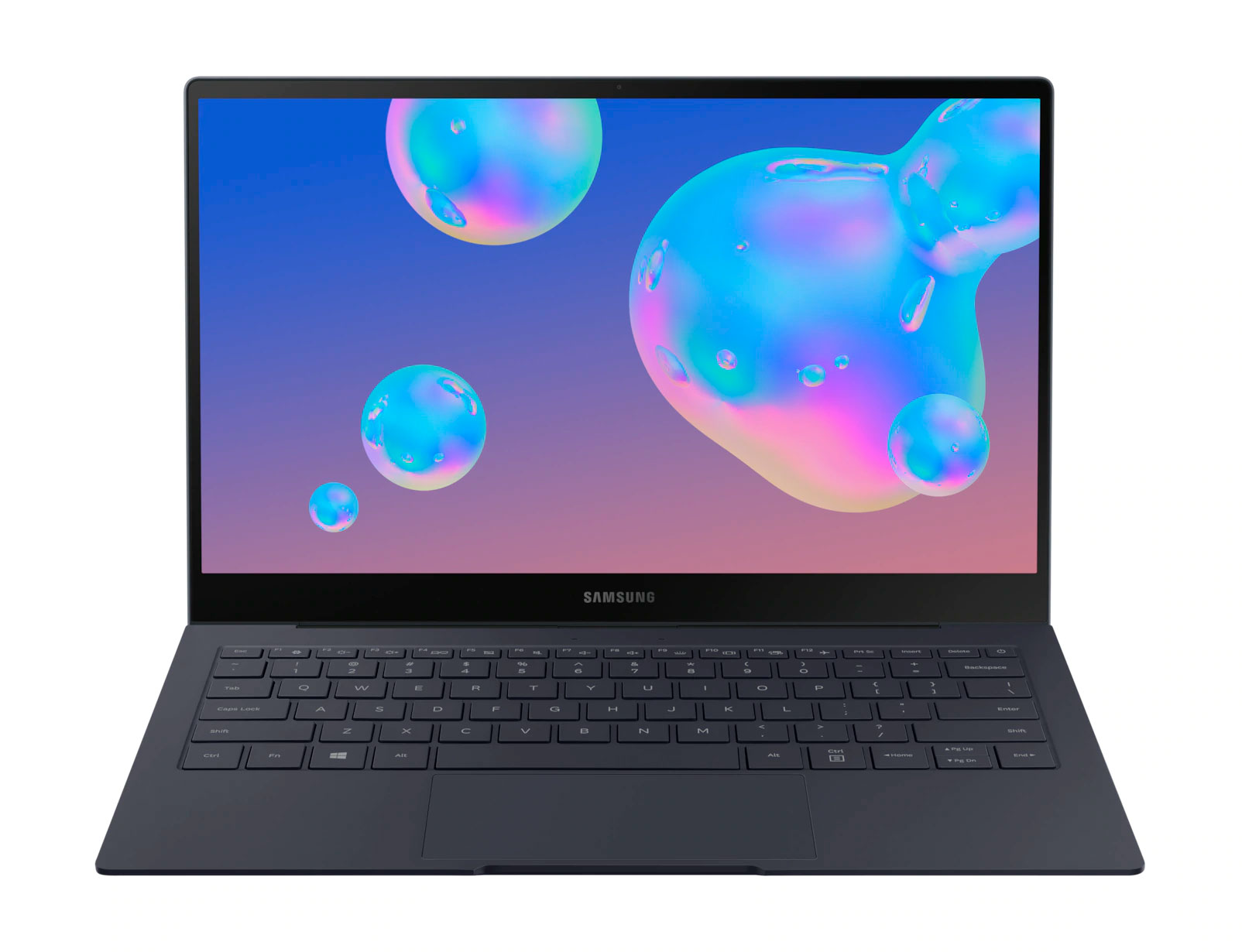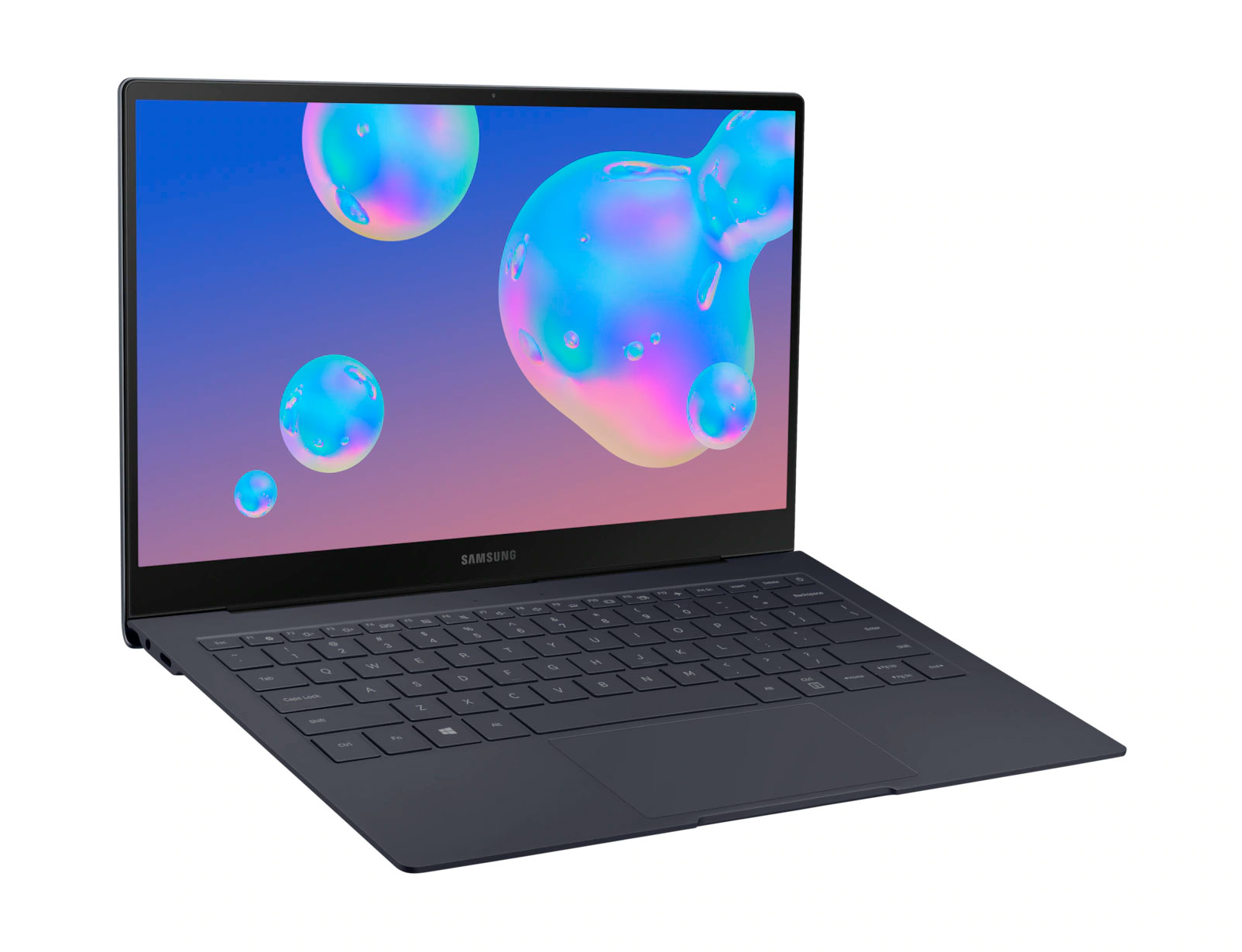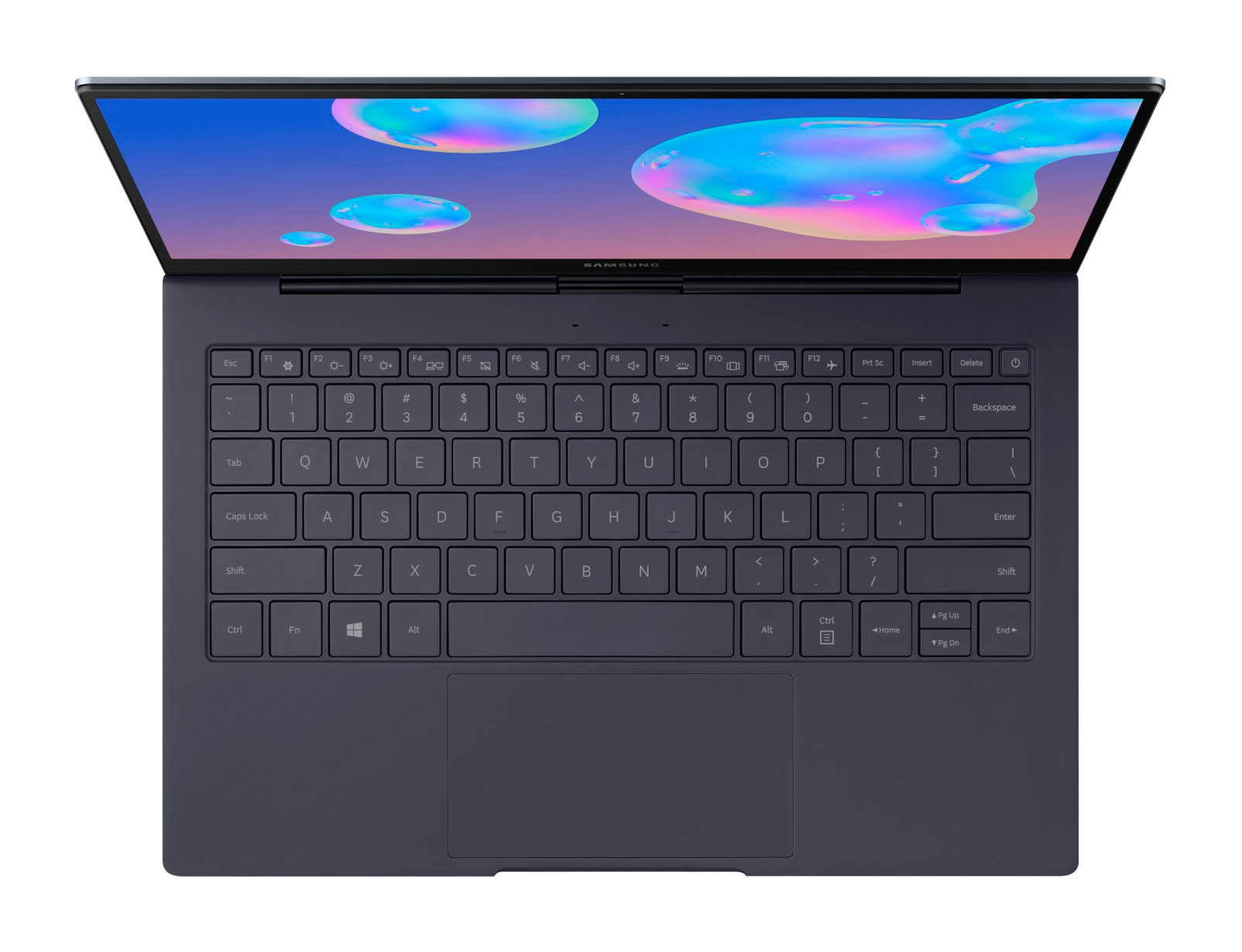New Samsung Galaxy Book S Debuts With Intel Core i5-L16G7 Lakefield CPU

A Notebookcheck reader recently tipped the publication about an unannounced Galaxy Book S 13.3-inch laptop (NP767XCM-K01CA) that has blown its cover on Samsung's Canadian website. This new device marks a clear departure from Arm to x86.
The Core i5-L16G7 is a five-core hybrid processor that's packaged with Intel's 3D Foveros technology and combines one powerful Sunny Cove core and four slower Tremont cores into a single chip. According to Samsung's specification sheet, the Core i5-L16G7 sports a clock speed up to 3 GHz and a 4MB L3 cache. Samsung didn't specify the graphics aspect of the processor, but Lakefield is rumored to use Gen11 graphics that could arrive with as much as 64 execution units (EUs). The chip is accompanied by 8GB of LPDDRX memory and 256GB of eUFS storage.
A Geekbench 5 submission from last month exposed an unidentified Samsung laptop with a Lakefield processor. Given that the configuration from the submission aligns with that of the Galaxy Book S, we can reasonably assume they are the same device. The Core i5-L16G7 seemingly scored 868 points and 1,656 points in the single-and multi-core tests. The Arm-powered Galaxy Book S, which employs the Snapdragon 8cx, scores around 600 to 700 points in the single-core test and 2,100 to 2,700 points in the multi-core test. We can't speak definitively, but as far as the Geekbench 5 benchmark is concerned, the Core i5-L16G7 shows a massive big single-core advantage (up to 44.7%) over the Snapdragon 8cx. The Lakefield chip has a long way to go to catch up to the Snapdragon 8cx's multi-core performance, though, as the latter appears to be up to 63% faster.




Aside from the new processor, the Intel-powered Galaxy Book S is physically identical to its Arm counterpart. The laptop maintains a thin, lightweight design and checks in with a 305.2 x 203.2 x 6.2 ~ 11.8mm (12.02 x 8.00 x 0.24 ~ 0.46 inches) footprint and weighs around 0.950kg (2.09 lbs). The device still features an aluminum chassis, which is available in Earthy Gold and Mercury Gray.
The Galaxy Book S features a 13.3-inch FHD touchscreen with a maximum screen brightness of 600 nits. There's a backlit keyboard and a power button that also serves as a fingerprint sensor so you can start up and log into your Galaxy Book S with a single touch. Other multimedia features include four AKG-branded 1.2W stereo speakers with support for Dolby Atmos, a dual-array digital microphone, and a 1MP camera.
On the connectivity side, the Galaxy Book S arrives with two USB-C ports, a microSD card reader, and a headphone out/mic-in combo port. The laptop also provides Wi-Fi 6 and Bluetooth 5.0 connectivity. Sadly, you lose Gigabit LTE functionality on the Intel-powered model. Battery life is another one of the Lakefield model's drawbacks.
Although both the Arm and Intel models come equipped with the same 42 Wh battery, the Core i5-L16G7 processor doesn't appear to be as energy efficient as the Snapdragon 8cx. Intel hasn't officially announced Lakefield yet; however, the hybrid chips reportedly operate within the 5W to 7W limit. The Snapdragon 8cx is rated for 7W, so the difference in battery performance comes down to design and lithography. Lakefield's internals consist of a 10nm Compute die and a 14nm Base die, while the Snapdragon 8cx exploits TSMC's 7nm process.
Get Tom's Hardware's best news and in-depth reviews, straight to your inbox.
Samsung markets the Arm model with video playback duration up to 25 hours. On the other hand, the Intel model only seems to deliver up to 17 hours. The Galaxy Book S charges through a 25W USB-C adapter.
Samsung Canada didn't reveal the pricing or availability for the new Galaxy Book S, but we expect the company to make a formal announcement very soon.

Zhiye Liu is a news editor, memory reviewer, and SSD tester at Tom’s Hardware. Although he loves everything that’s hardware, he has a soft spot for CPUs, GPUs, and RAM.
-
JayNor so, what's the real story? This new release from Samsung says it has LTE gigabit internet.Reply
"With Samsung’s new computing devices, you can enjoy nonstop connectivity. Galaxy Book S features Wi-Fi 6 (Gig+), the next generation of Wi-Fi that empowers efficient, speedy internet without competing for a network connection with other devices, while always-on LTE3 lets you enjoy gigabit internet access without searching for a network."
https://news.samsung.com/global/experience-the-next-level-of-mobile-computing-with-galaxy-book-s -
DavidC1 @JayNor It does, but not for all configurations and regions. The original article from Intel said it'll use LTE.Reply
If you read more on the specs page it says it depends on the region. The LTE has to be added separately hence the difference from the Snapdragon version. -
dlee67 This cpu might be interesting for a computestick, but i'm not sure about the cooling (maybe one with an integrated metal heatsink case?). The way ARM is going, it seems that Apple could jump into computesticks while Intel has left the ball in the court.Reply